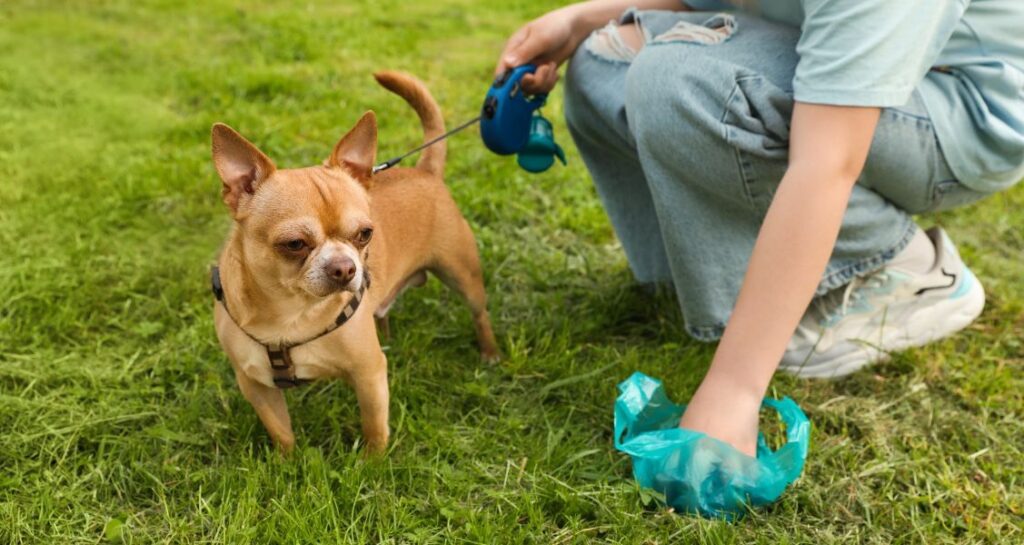Many might not know that poop can be the window to your furry friend’s well-being. It’s true! In fact, what your dog’s poop can tell you about their health is something every dog owner should know. This often-overlooked aspect of pet care can provide crucial information regarding diseases, infections, or other health issues. Better monitor your dog’s health by learning how to assess their poop and what it signifies.
The Color of Poop
The color of your dog’s poop is an essential factor in determining the state of their health. Generally, healthy poop should be a chocolate brown color. Any significant deviation from this color warrants attention. Below are some color variations and what they possibly indicate.
- Black or dark poop: Possible bleeding in the upper GI tract. Consult a veterinarian immediately.
- Red or bloody poop: Possible lower GI tract or rectum bleeding. Consult a veterinarian.
- Yellow or orange poop: Possible liver issues or a problem in the bile production. Consult a veterinarian.
- Green poop: Caused by eating grass, excess bile production, or ingesting a foreign substance. Observe and consult a veterinarian if it persists.
The Texture of Poop
Healthy dog poop should have a firm, log-like consistency that is easy to pick up. If you notice any changes in the texture, there might be an underlying issue that needs attention.
- Hard or dry poop: Dehydration or a lack of fiber. Increase water intake, add fiber to their diet, and consult a veterinarian.
- Soft or mushy poop: Overfeeding, stress, or a sudden change in diet. Gradually introducing new food and consulting a veterinarian can improve the situation.
The Smell of Poop
While it’s normal for dog poop to have an unpleasant odor, a significantly foul smell can be a sign of overall gut health problems or an imbalance in their gut flora. Consult a veterinarian if you notice a change in the odor of your dog’s poop.
Monitoring Multiple Dogs
When you have multiple dogs, monitoring each one’s health through their poop can be challenging. A few ways to make fostering multiple dogs easier is by designating specific areas in your yard for each dog to do their business. You might also color-coordinate their bowls and poop bags to help differentiate the dogs. These methods make it easier to track each diet and poop quality.
It may not be the most glamorous part of being a pet parent, but monitoring the health of your dogs through assessing the quality of their poop is crucial. By keeping an eye on their waste, you can discover what your dog’s poop can tell you about their health, helping keep your fur babies happy and healthy.

